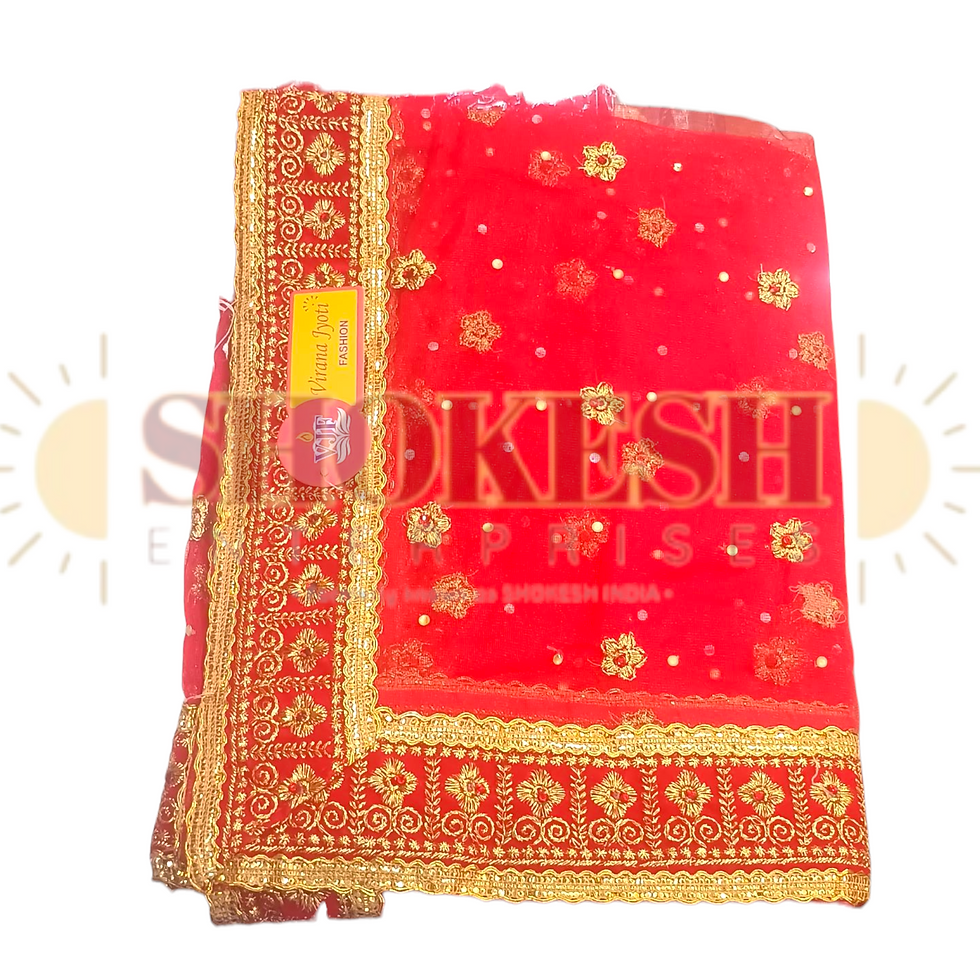quick guide on Sutak Ritual (सूतक संस्कार/अशुद्धि):
- _Shokesh _

- Sep 8
- 2 min read

🌿 What is Sutak?
Sutak (also called Aashaucha/Asuddhi) is a period of ritual impurity observed in Hindu tradition after a birth or death in the family. It is followed to maintain purity, spiritual discipline, and detachment from daily rituals during this sensitive time.
🕉️ Duration of Sutak
After Birth: Generally 10 days (in some traditions 11, 12, or up to 40 days for the mother).
After Death: Usually 10 to 13 days depending on family tradition and caste customs.
⚖️ Key Rules During Sutak
Daily Puja/Temple Visit → Avoided until Sutak ends.
Cooking & Eating → Restricted; food is cooked simply, often by outsiders or designated members.
Touch Restrictions → Those under Sutak avoid touching puja items, idols, and sacred books.
Ceremonial Work → No auspicious events (marriage, housewarming, etc.) are performed.
Cleanliness → Frequent bathing, washing of clothes, and maintaining hygiene is essential.
Fasting/Discipline → Some follow light food or avoid certain items (onion, garlic, non-veg, etc.).
🌸 Sutak After Birth
Family members, especially the mother, stay in rest and recovery.
Naming Ceremony (Namkaran) is done after the Sutak ends.
Relatives bring blessings and gifts after the ritual period.
🌼 Sutak After Death
Family members perform Shraddha, Tarpan, and Pind Daan during this period.
On the final day (10th/13th), Shuddhi (purification) is done with a bath, homam, and Brahmin feeding.
🙏 Purification After Sutak
On completion, the family takes a bath, cleans the house, and resumes normal puja.
Grains, pulses, and food items kept during Sutak are considered impure and are usually discarded.
👉 Sutak is about pause, purity, and prayer, giving time to honor life, death, and the sacred cycle of existence.


















